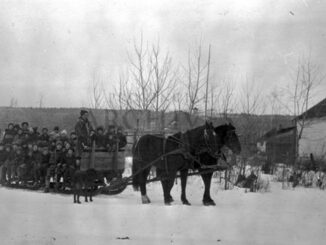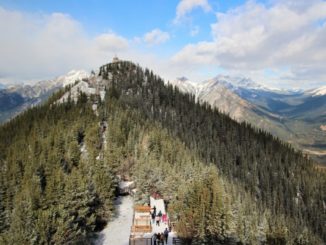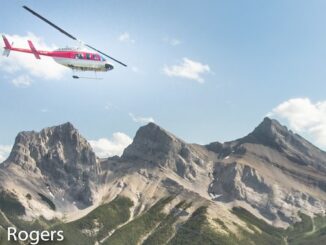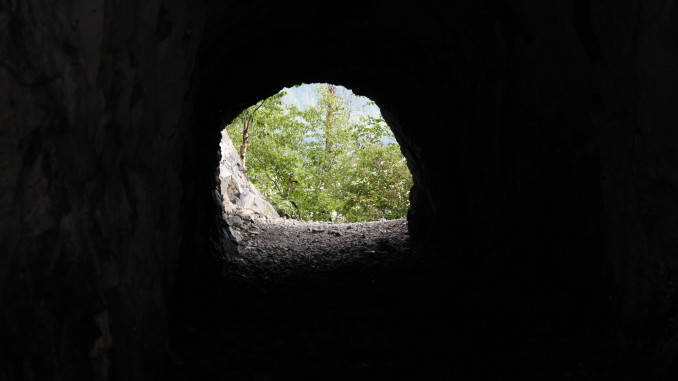
Maybe you’ve heard about the mysterious cavern on the north-facing slopes of Mount McGillivray. Maybe you’ve had the privilege of visiting the puzzling site in person. Maybe you’ve even thoroughly explored the hollowed-out passages that cut deep into the limestone. Assuming everything I’ve already said is true, then maybe you happen to know why this mysterious place exists. If not, maybe the story that follows will help answer some of your questions.
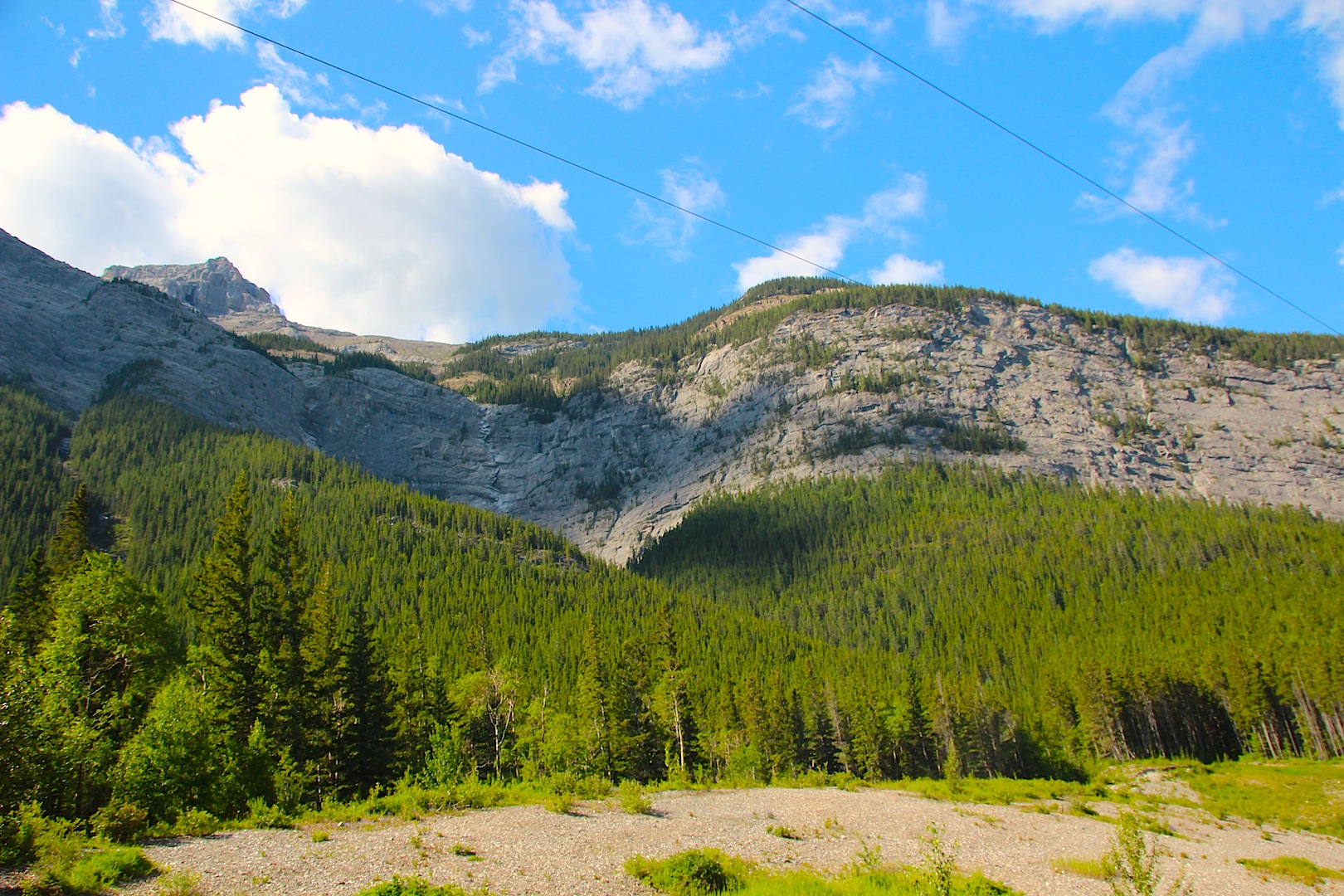
At the height of the Cold War the threat of nuclear attack was a genuine fear for many in North America. School children practiced the duck and cover technique, testing of the Emergency Broadcast System interrupted television programs, and countless families prepared fallout shelters that were stocked with non-perishable items. The fear was so strong and so real that some of the actions taken during that time may seem excessive by today’s standards. Enter Rocky Mountain Vaults & Archives Ltd.
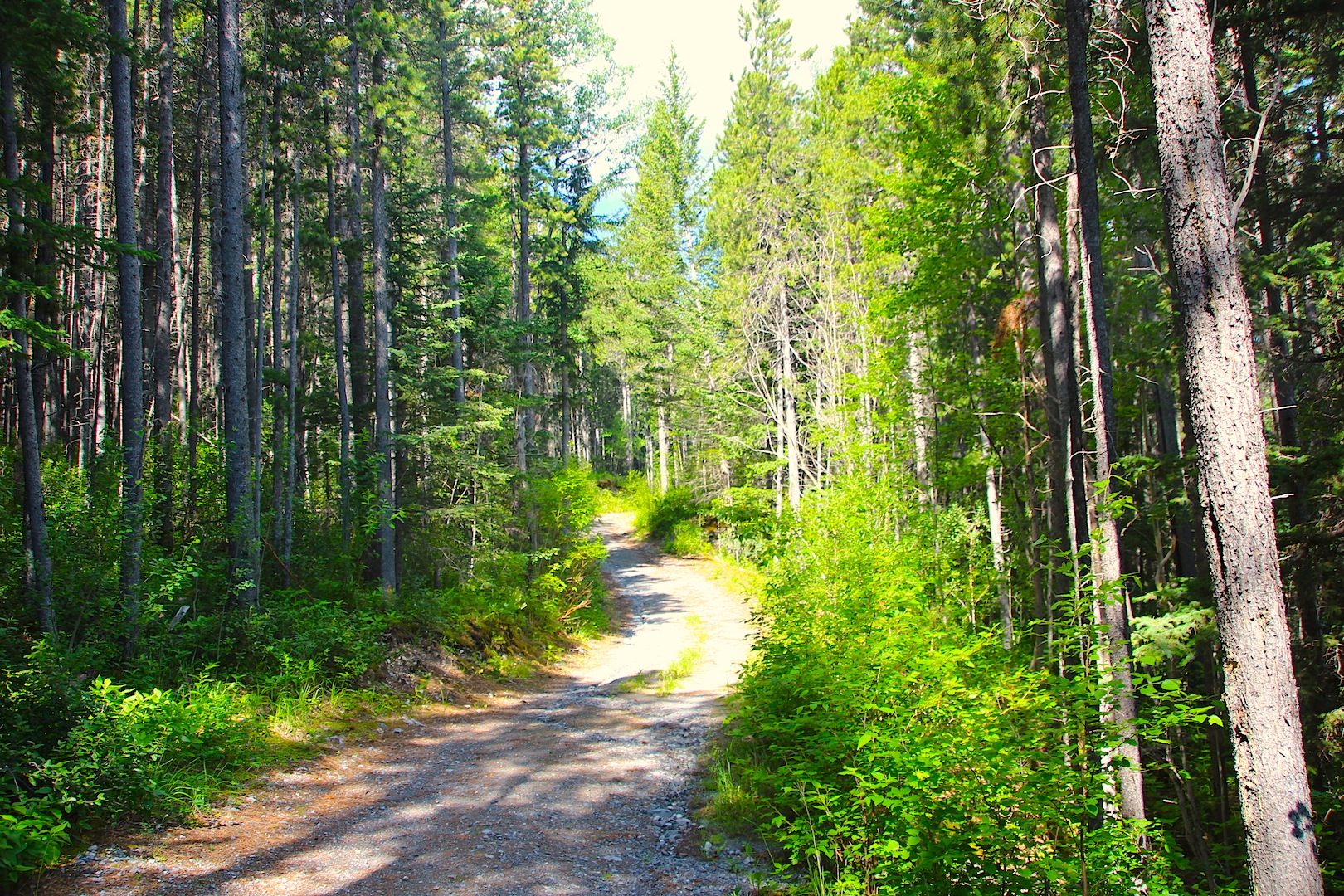
Although this cavern is often mistaken for one of the fifty-odd Diefenbunker’s that were commissioned by Prime Minister John Diefenbaker in the early 1960’s, this was actually supposed to be a vault. The Diefenbunker’s were intended to house important government officials in the event of a nuclear attack, while this vault was meant to protect important documents and valuables from similar threats. Rocky Mountain Vaults & Archives, a private company, obtained two leases from the Government of Alberta in 1969; one for access to the mountain and the other to operate the vault once construction was completed. They envisioned a subterranean archive that would protect its contents from fire, floods, wind, insects, rodents, mildew, cave-ins, theft, and of course blasts from atomic bombs. The vault was to be a state-of-the-art project with chambers dug at least 500 feet into the mountain, whitewashed walls, steel doors, a reception area, and fresh air piped in from the surface.
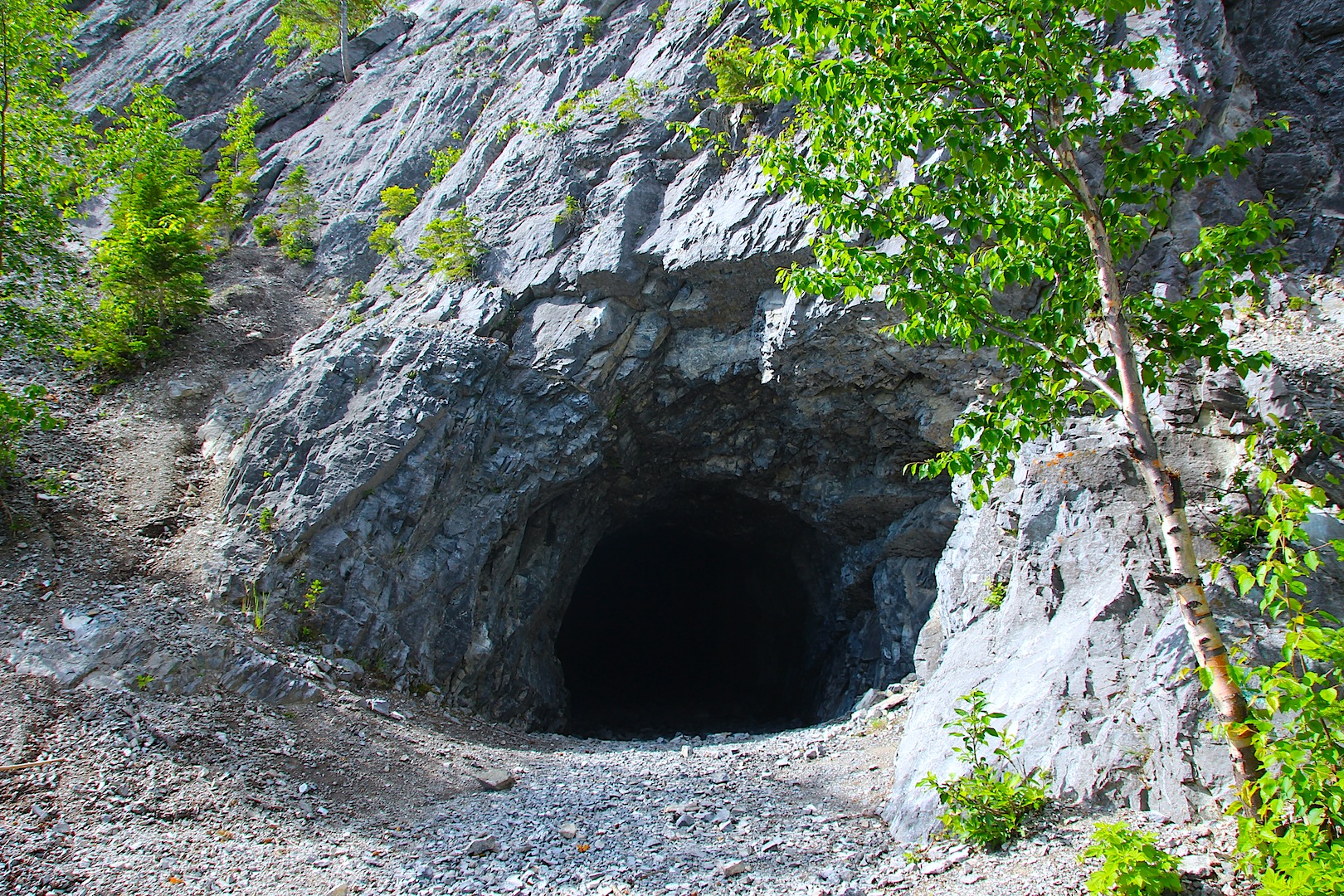
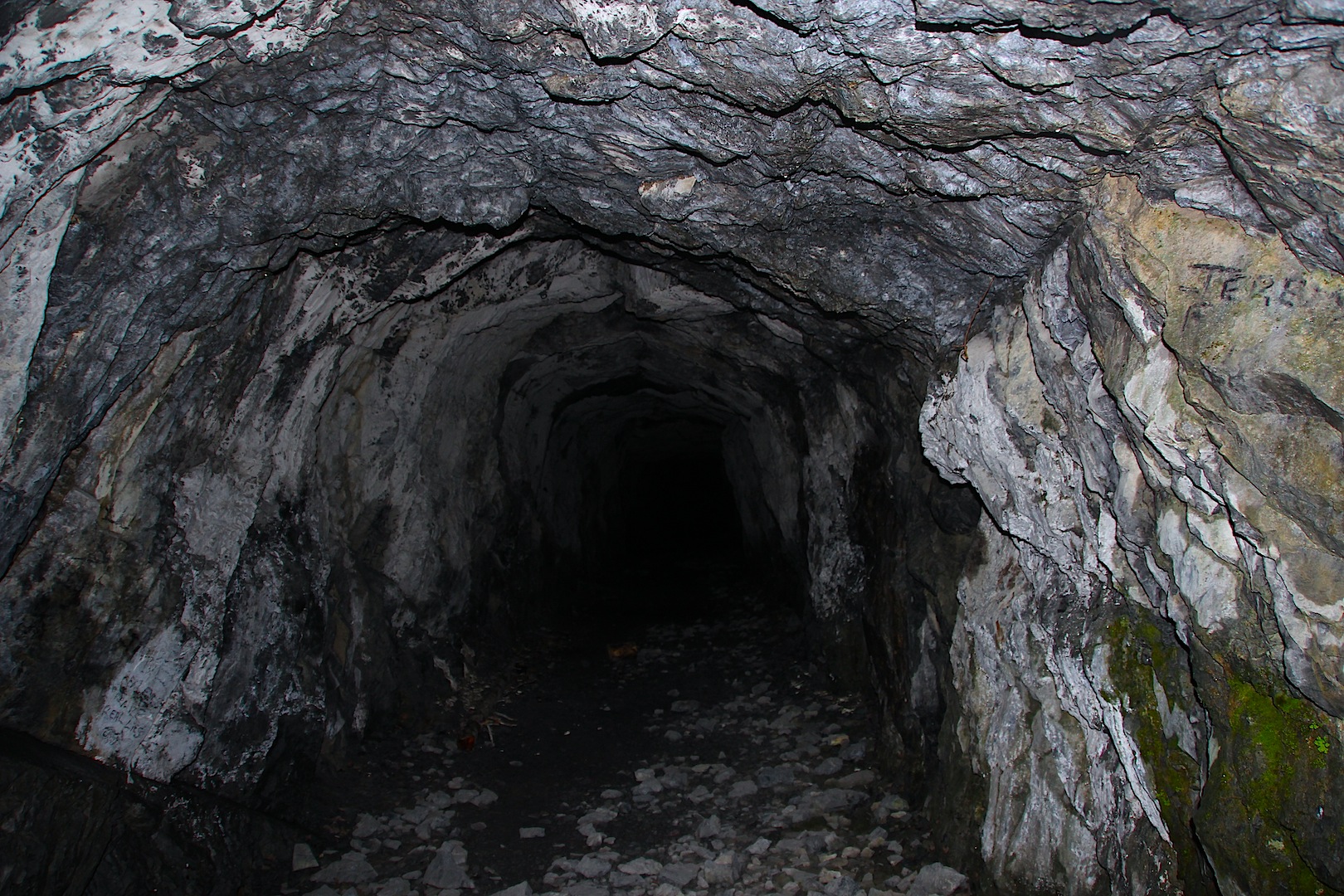
Mount McGillivary, and its mysterious vault, are part of the Bow Valley Wildland Provincial Park and, as such, are protected under the Alberta Provincial Parks Act. The Municipal District of Bighorn even included the vault on their Heritage Inventory in 2011 in the hope that it may one day be listed on the Alberta Register of Historic Places. Despite these facts, the area is rife with the telltale signs of extracurricular activities; fire pits (both inside and out of the vault), beer cans, broken glass, graffiti, and garbage unfortunately are all present. If you do find yourself in the area, please leave the site in better shape than you found it.

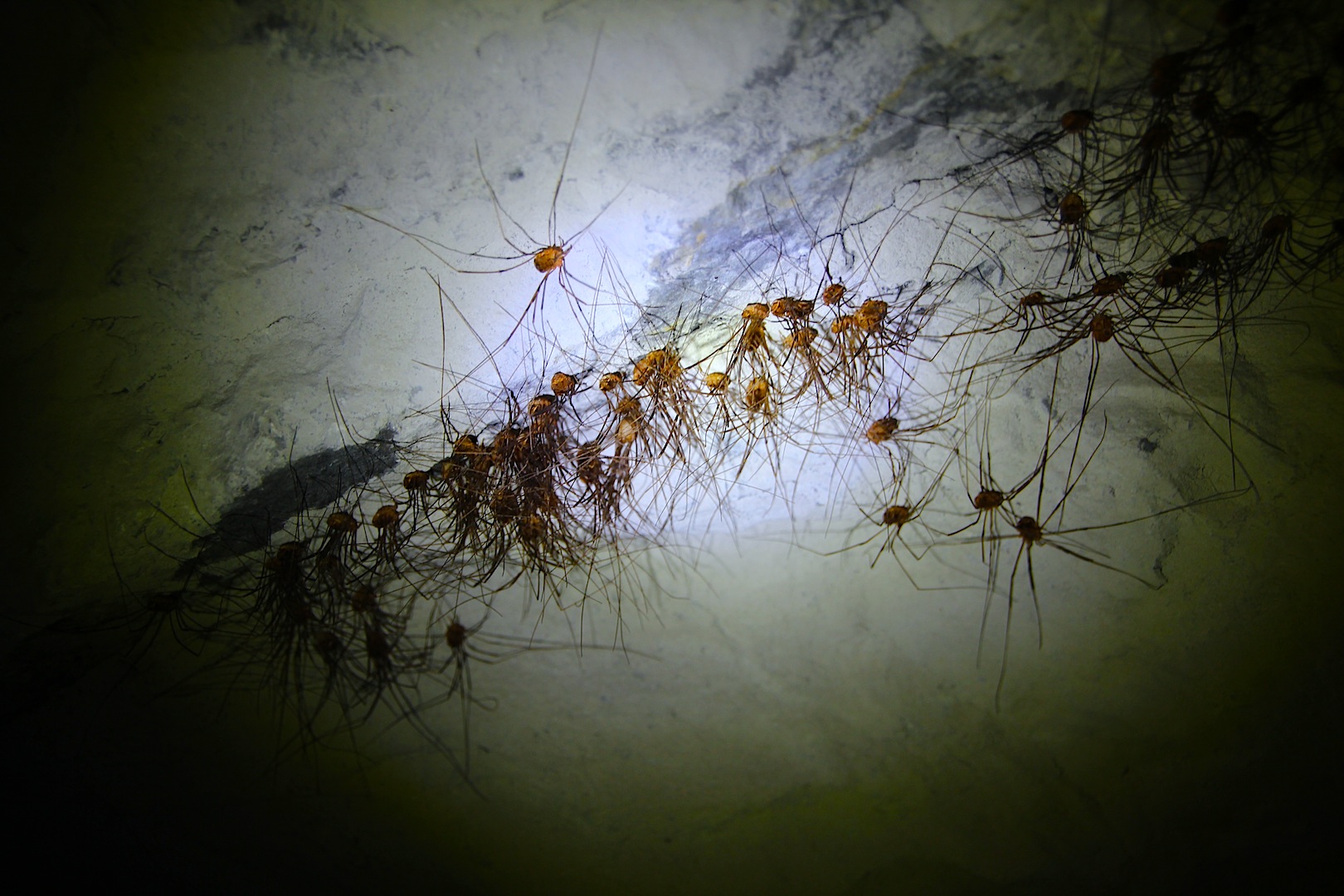
As with any outing ensure you have the proper safety equipment. Although the hike to the vault’s entrance is short and relatively straightforward you are in a wilderness setting and sudden fluctuations in weather are common and encounters with wildlife are possible. If you intend to venture into the vault make sure you have a strong flashlight or headlamp with spare batteries. Once you enter the side chambers off the main tunnel the light from the entrance disappears and you’re left standing in pitch-blackness. Tread carefully as the floor is covered with scattered debris and watch your head as there are a few low-hanging pieces of rebar sticking out of the ceiling.
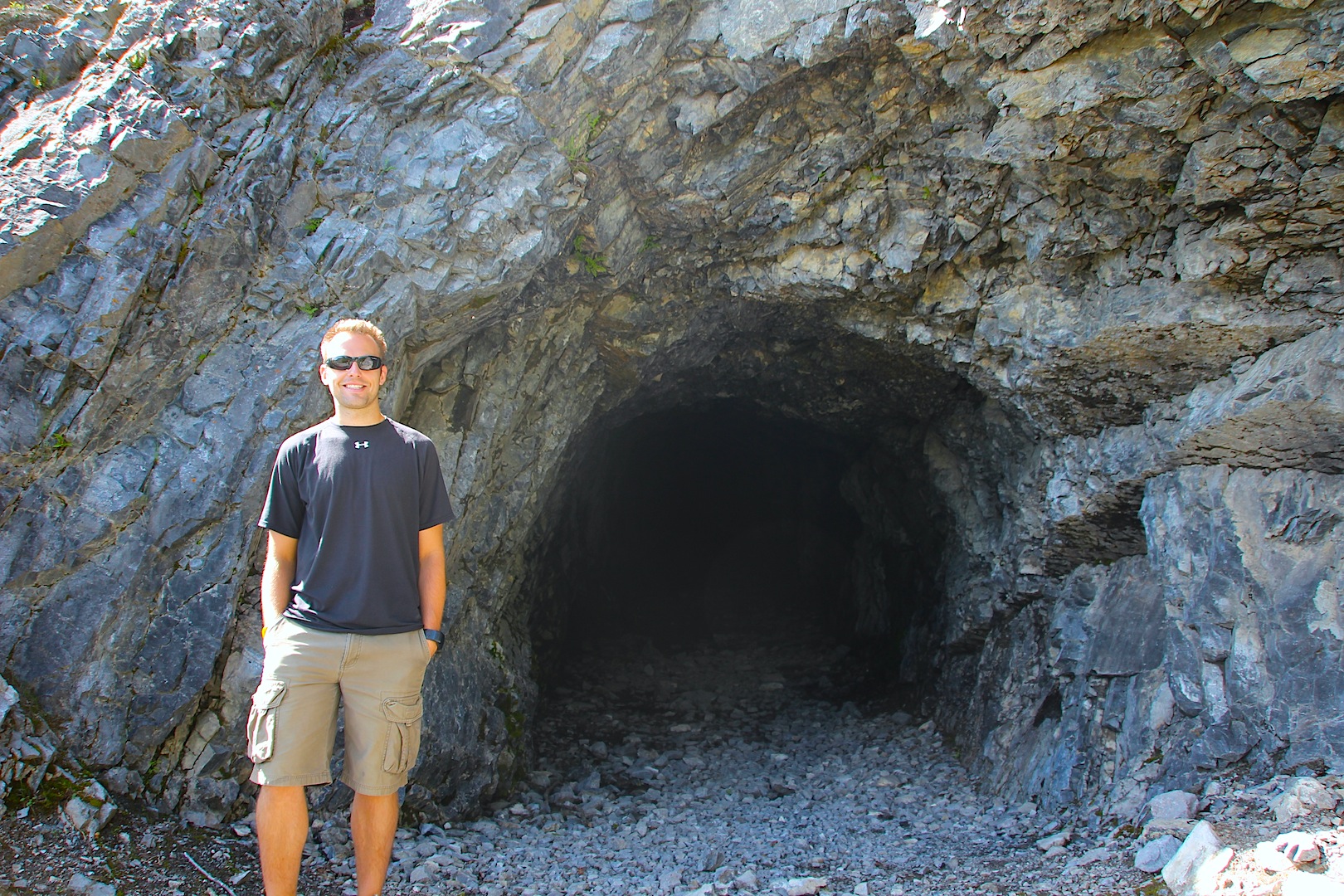
Ultimately the plan for the vault failed, either due to financial difficulties or because moisture was discovered inside. Today we are left with just a dark passage leading into the mountain that represents the crumbled dreams of an overly ambitious project. But it’s also a stark reminder of how anxious and fearful the world was during an extremely tense period in time.
*featured image (at top) is me standing inside the vault looking out. Photo Credit: Tyler Dixon
//


